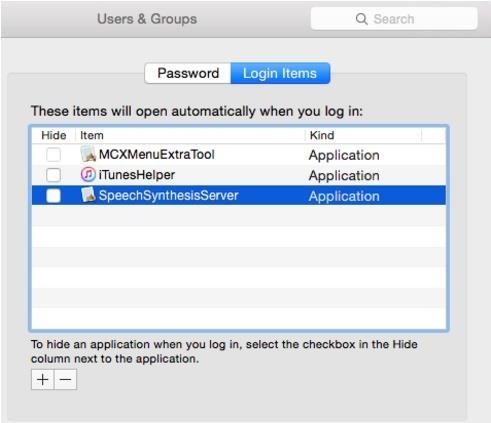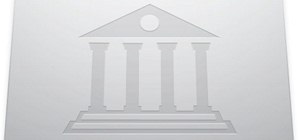Have you ever asked yourself if it is possible to optimise your Mac without planning additional investments on hardware or software components? This may happen to the best of us and sooner or later you may notice your Mac is lagging. Very often sluggish machine is the result of user's behaviour. It is important to get to the root of the issue to understand what caused it.
Have you ever launched Activity Monitor? Mac performance may be affected if some application processes or tasks do not respond, eat up too much cpu and memory. How often you check the available storage on your drive? You'll probably be surprised but neglecting basic storage management rules leads to disaster. How to optimise and free up space on your machine? Make a cup of coffee and follow the instructions carefully.
If your Mac startup time seems too long there are few useful things to try. Removing apps and processes from login items list may shorten your mac boot time. How to do this? Easy enough.
- Open system preferences.
- Click on User and Groups
- Select a user name on the list
- Click on the lock icon and enter admin password to unlock changes
- Select the Login Items button
- Click on "-" to remove any item from the list.

Activity monitor is your best friend when it comes to sluggish Mac. If you feel your machine works slower check Activity Monitor. You'll see the list of processes or applications that eat up much cpu or memory resources. Pay attention only to processes with your user name. Do not touch "root" processes. You may easily quit or relaunch application processes if they are not responding or consume too much system resources. In case certain third party application eats up too much memory consider if you still need it. Relaunching or reinstalling such applications may be unexpected solution of the issue.

This sounds a bit pathetic but the lack of space on your startup disk is a real headache. Unfortunately, this can lead to unexpected consequences. If there is not enough room your Mac starts to play games with you. It may take much longer to run applications, processes etc. Check the amount of available storage on your Mac. Cli?k on the Apple logo and choose "About this Mac". Then select "Storage". Check how much space left on your machine. Time to start to free up space on your hard drive.
It is up to you to decide whether to use dedicated automatic cleaning apps or do everything manually. Removing useless files from your machine is always a good idea.
Start from unistalling unused apps. Most likely you use only several apps from the large list on regular basis. If you no longer need certain third party product feel free to remove it. Drag its icon to the trash and follow the developer's uninstallation guidelines.
Unfortunately not all applications can be uninstalled by dragging the icon to the trash. Trash, its preferences and logs are still buried somewhere in Library folders. There is a chance plenty of files are still left on your startup disk.
Application leftovers are usually located in user's Library and system Library. Removing program components from these locations completes the uninstallation process. If you are experienced Mac user ready to look for application leftovers you have time consuming manual removal option. If you are not planning to spend hours on it use Leftovers tool of Shiny Soap application. Shiny Soap has handy Unused Apps tool that detects you have not run for a long time. You may remove them easily within few clicks. In order to do this put the checkmark next to the application you no longer need and click on "Start cleanup". After the scan it shows you the list of files associated with previously uninstalled apps. Feel free to remove these useless files.
Plenty of files you do not use or do not need at all are still on your Mac. Users can easily remove caches. Caches are temporary files generally used to speed up certain application tasks. These files are accumulated and take up large amounts of space. Removing them is safe and it can free up extra space on your hard drive. Tech savvy Mac users may manually clear them out. In order to do this navigate to Caches folder in user's Library. The easiest way to get there is to use command + Shift + G key combination and paste ~/Library/Caches in the address line.

It is recommended to remove only the content of folders. If you want to delete caches of certain app search for its name in the folder. Cache removal is much easier if you use dedicated software. Shiny Soap app has easy to use junk files cleaner tool. It removes unnecessary cache, application logs and languages. You can save your time and get rid of junk files with few clicks. The list of files suggested for removal is available as soon as the scan is finished. If you still need some of them just remove the checkmark next to it.






Be the First to Respond
Share Your Thoughts